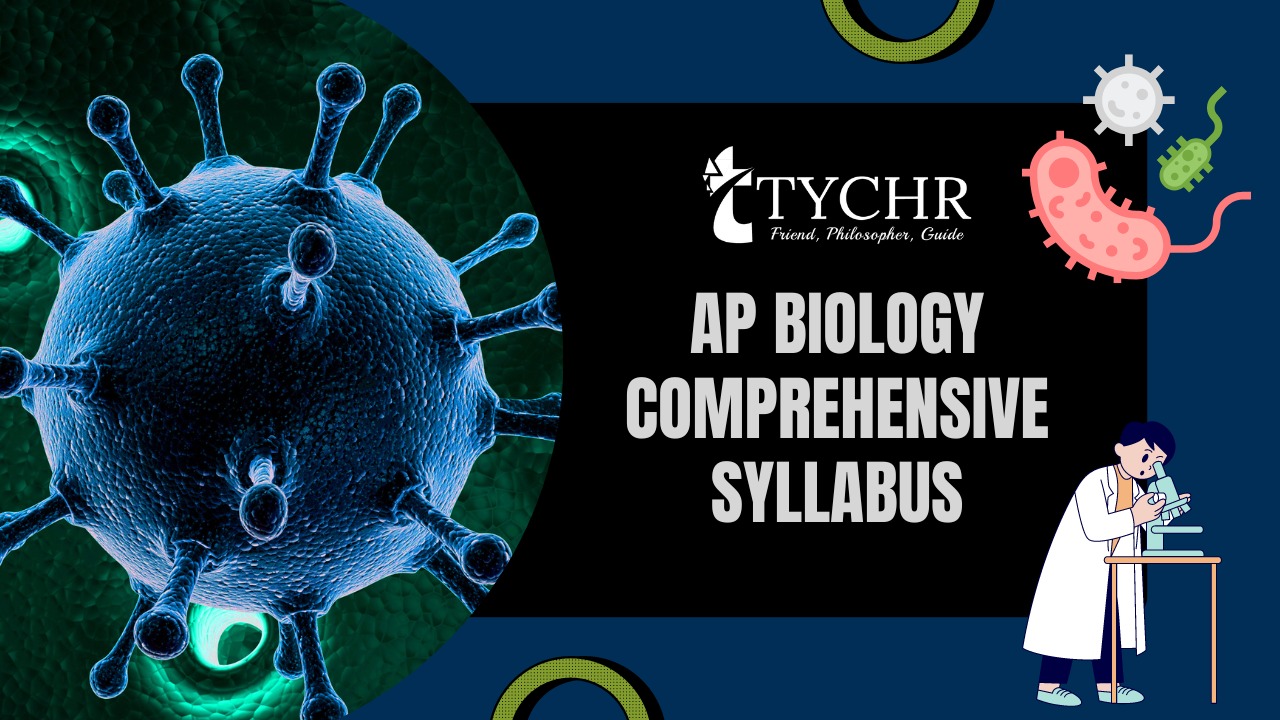| Subtopic Number |
Subtopic Name |
Key points |
| 2.1 |
Cell Structure: Subcellular Components |
- Cells contain several subcellular components, including organelles such as the nucleus, mitochondria, and endoplasmic reticulum, as well as non-membrane-bound structures such as ribosomes and the cytoskeleton.
- The function of these subcellular components varies, with the nucleus containing genetic material, the mitochondria producing energy, and the endoplasmic reticulum and ribosomes involved in protein synthesis and modification.
- The organization and interactions of subcellular components are critical for proper cellular function and contribute to the overall complexity and diversity of life.
|
| 2.2 |
Cell Structure and Function |
- The cell is the basic unit of life, with a highly organized structure and specialized organelles that enable it to carry out essential functions such as energy production, protein synthesis, and waste removal.
- The plasma membrane, composed of a phospholipid bilayer and various proteins, regulates the movement of molecules in and out of the cell and maintains cellular homeostasis.
- The diverse functions of cells are made possible by their ability to communicate and coordinate with other cells through chemical and physical signaling mechanisms.
|
| 2.3 |
Cell Size |
- Cells exhibit a wide range of sizes, from single-celled bacteria measuring just a few micrometers in diameter, to large, multinucleated cells in some plants and animals that can span several centimeters.
- The size of a cell is limited by its surface area-to-volume ratio, which affects the efficiency of nutrient uptake and waste removal, as well as the diffusion of molecules within the cell.
- To compensate for these limitations, some cells have evolved specialized structures, such as microvilli in the small intestine or branching filaments in fungal hyphae, to increase their surface area and facilitate absorption of nutrients.
|
| 2.4 |
Plasma Membranes |
- The plasma membrane is a selectively permeable barrier that surrounds the cell and separates the cytoplasm from the extracellular environment.
- Composed primarily of phospholipids, proteins, and cholesterol, the plasma membrane plays a critical role in maintaining cellular homeostasis and responding to external stimuli.
- Membrane proteins, including transporters, receptors, and enzymes, facilitate the movement of molecules across the membrane and enable communication between the cell and its environment.
|
| 2.5 |
Membrane Permeability |
- The permeability of a membrane is determined by the types of molecules that can cross it, with some membranes being more permeable to certain molecules than others.
- The phospholipid bilayer of a membrane is impermeable to charged ions and polar molecules, which require specialized transporters or channels to cross the membrane.
- Membrane permeability can be affected by various factors, such as temperature, pressure, and the presence of specific transport proteins or drugs.
|
| 2.6 |
Membrane Transport |
- Membrane transport refers to the movement of molecules across a membrane, which can occur via passive diffusion, facilitated diffusion, or active transport.
- Passive diffusion occurs when molecules move down their concentration gradient, from an area of high concentration to an area of low concentration, while facilitated diffusion requires the use of transport proteins to move molecules across the membrane.
- Active transport involves the movement of molecules against their concentration gradient and requires the input of energy, such as ATP, to power transport proteins.
|
| 2.7 |
Facilitated Diffusion |
- Facilitated diffusion is a form of passive transport that relies on the use of transport proteins to move molecules across a membrane.
- The movement of molecules in facilitated diffusion occurs down their concentration gradient, from an area of high concentration to an area of low concentration.
- Transport proteins used in facilitated diffusion include channels, which provide a hydrophilic pathway for molecules to cross the membrane, and carriers, which undergo conformational changes to move molecules across the membrane.
|
| 2.8 |
Tonicity and Osmoregulation |
- Tonicity refers to the relative concentration of solutes in two solutions separated by a selectively permeable membrane, which affects the movement of water across the membrane.
- Osmoregulation is the process by which organisms maintain the balance of water and solutes within their cells, typically through the use of specialized transporters and channels in the plasma membrane.
- The tonicity of a solution can be isotonic, hypotonic, or hypertonic relative to the cytoplasm of a cell, with different tonicity conditions affecting the shape and function of the cell.
|
| 2.9 |
Mechanisms of Transport |
- Mechanisms of transport refer to the various ways in which molecules and ions can move across biological membranes, including passive diffusion, facilitated diffusion, and active transport.
- Active transport involves the use of energy, typically in the form of ATP, to move molecules against their concentration gradient.
- Mechanisms of transport can be regulated by various factors, including the availability of transport proteins, changes in membrane potential, and the presence of signaling molecules such as hormones.
|
| 2.10 |
Cell Compartmentalisation |
- Cell compartmentalization is the division of cellular space into distinct membrane-bound compartments, allowing for separate and specialized functions to occur within the cell.
- Membrane-bound organelles, such as the nucleus, mitochondria, and endoplasmic reticulum, are examples of cellular compartments that enable specific biochemical processes to occur in isolation.
- Cell compartmentalization is critical for maintaining cellular homeostasis and ensuring that incompatible biochemical processes do not occur simultaneously.
|
| 2.11 |
Origins of Cell Compartmentalisation |
- Cell compartmentalization likely originated as a means to increase the efficiency and complexity of cellular processes.
- The first cells were likely prokaryotic and lacked membrane-bound organelles, but as cells evolved, compartmentalization provided a means to separate incompatible biochemical processes.
- The development of compartmentalization in eukaryotic cells is thought to have resulted from the incorporation of free-living prokaryotes into a host cell, leading to the development of endosymbiotic relationships and the formation of membrane-bound organelles.
|








